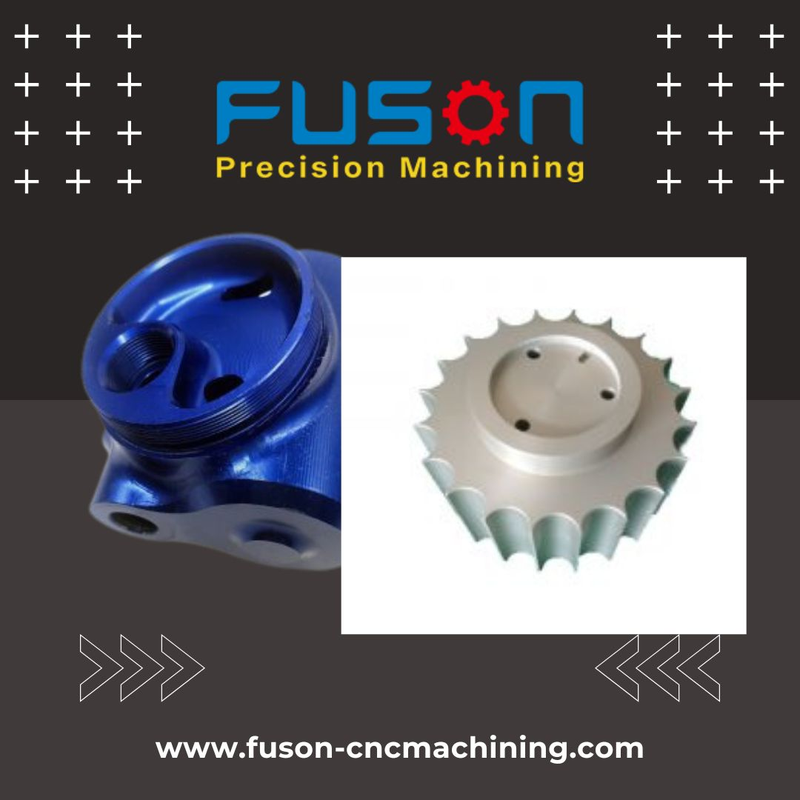Fine-Tuning Precision with CNC Milling Expertise
Precision CNC Milling: A Game-Changer in Aerospace Engineering
Precision CNC milling has revolutionized the aerospace engineering industry, taking it to new heights of innovation and efficiency. With its ability to produce intricate parts with unparalleled precision, CNC milling has become a game-changer in the world of manufacturing. If you've ever wondered what exactly CNC milling is and how it impacts aerospace engineering, this blog post is for you! We'll dive into the fascinating world of precision machining and explore the advantages it brings to this dynamic field. So fasten your seatbelts as we take off on an exciting journey through precision CNC milling in aerospace engineering!Understanding Precision CNC Milling
Precision CNC milling is a manufacturing process that involves using computer numerical control (CNC) machines to remove material from a workpiece with extreme accuracy and precision. These machines are equipped with cutting tools that can move in multiple axes, allowing for the creation of complex shapes and designs. At its core, CNC milling relies on computer programming to guide the machine's movements and operations. The instructions are fed into the machine through specialized software, which translates them into precise movements of the cutting tools. This level of automation ensures consistent results and reduces human error, making it an ideal choice for industries like aerospace engineering where precision is paramount. The process begins with designing a 3D model of the desired part using computer-aided design (CAD) software. This model serves as a blueprint for the CNC machine, detailing all dimensions and specifications required. Once programmed, the CNC mill starts removing material from the workpiece by rotating at high speeds while simultaneously moving along different axes according to the programmed instructions. Precision CNC milling has revolutionized manufacturing processes in aerospace engineering by offering unparalleled accuracy and repeatability. With this technology at their disposal, engineers can create intricate components such as turbine blades or aircraft structural parts with exceptional precision that was previously unattainable through traditional machining methods.What is CNC Machine Milling?
CNC machine milling is a revolutionary technology that has transformed the manufacturing industry. It stands for Computer Numerical Control, which means that the machines are controlled by computer programs to precisely shape and cut materials with utmost accuracy. In simple terms, CNC milling involves removing material from a workpiece using rotating cutting tools. The process starts with creating a digital design or blueprint of the desired part. This design is then converted into code that controls the movement of the machine's axes, guiding it to carve out the required shape. One of the key advantages of CNC machine milling is its ability to produce complex and intricate parts consistently and efficiently. The precision achieved through this process ensures tight tolerances and eliminates human error, resulting in high-quality components for various industries including aerospace engineering.A Guide to CNC Milling
CNC milling precision is a widely used technique in various industries, including aerospace engineering. But what exactly is CNC milling? Put simply, it is a process that uses computer numerical control (CNC) machines to remove material from a workpiece and create complex shapes with high precision. To guide you through the CNC milling process, here are three key steps involved. First, the design of the part or component is created using Computer-Aided Design (CAD) software. Next, this design file is converted into machine-readable code called G-code. This code contains instructions for the CNC machine on how to move and position the cutting tool. Once the setup is complete, the CNC machine starts removing material from the workpiece following the programmed path. Precision plays a crucial role in CNC milling as it ensures accurate results. Achieving precision requires careful planning and consideration of factors such as tool selection, feed rates, spindle speed, and cutting parameters. The use of advanced technology allows for tight tolerances and intricate details that meet aerospace industry standards.
